Gunma Prefecture, located just 50 minutes by Shinkansen from Tokyo, offers a serene escape into Japan’s volcanic legacy. Often overlooked, Gunma is home to over 100 onsen towns and 453 natural hot springs, where rich geothermal waters flow through lush valleys and historic alpine villages.
From Kusatsu Onsen to Manza, each town blends local wellness traditions, cultural charm, and natural beauty—making Gunma a must-visit for onsen lovers, wellness seekers, and cultural travelers alike.
- Getting There: Gunma is easily reached from Tokyo by Shinkansen and local bus connections. Travel times range from 75 minutes to 3 hours depending on the town.
- When to Go: Autumn for foliage, winter for snow-soaking, spring for blossoms—Gunma’s onsen are a year-round delight.
- What to Pack: A small towel, onsen etiquette basics (no bathing suits!), and your curiosity.
Kusatsu Onsen
The Pride of Gunma
Access from Tokyo
: Around 2.5 hours — take the Hokuriku Shinkansen to Karuizawa Station (70 minutes), then a bus (1 hr 30 min) to Kusatsu.
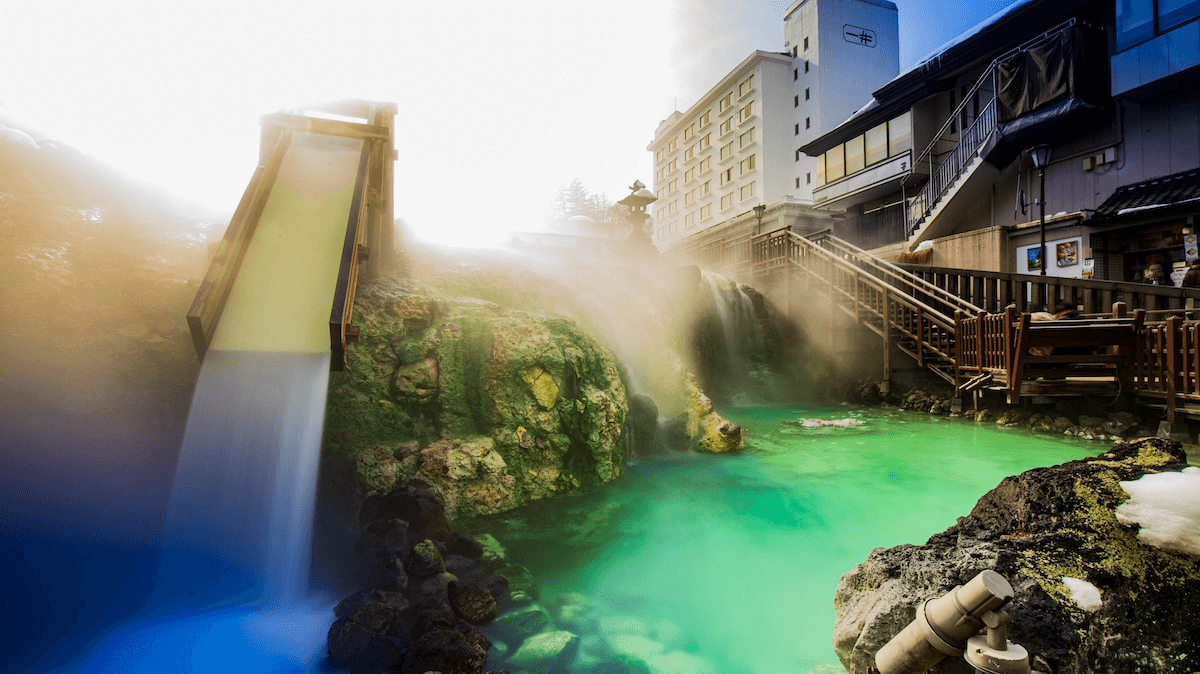
Famed across Japan, Kusatsu Onsen is legendary for its potency. At the heart of town lies the Yubatake—a theatrical cascade of sulfuric spring water that cools as it flows down wooden channels, releasing clouds of steam and a distinct mineral scent. You can watch the traditional yumomi performance here too—where women in kimono rhythmically stir hot water to music.
Stay in a classic ryokan or explore the town’s three public bathhouses—Gozanoyu, Otakinoyu, and the atmospheric Sainokawara Rotemburo, set in a natural park. Don’t miss the ashiyu (footbaths) dotted around town—they’re perfect for a relaxing pause. Each bath has a different source and mineral content, so it’s well worth bathing in all of them.
For those with access to a rental car, Kusatsu connects to other off the beaten track locations via Japan’s secret Romantic Road.
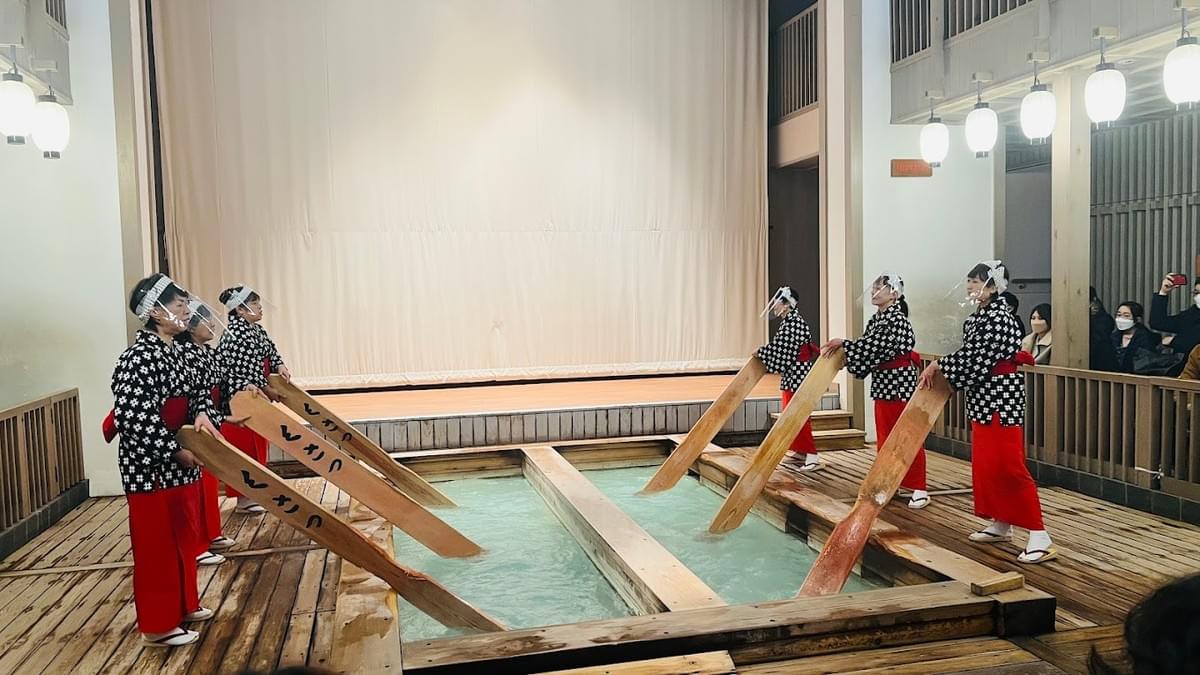
Charmingly, there are a few foot baths ashiyu found in town that can be used for free. One can be found next to the Yubatake and another one just outside the bus terminal building. Another large ashiyu is located in Sainokawara Park.
Ikaho Onsen
Golden Waters & Stone Steps
Access from Tokyo
: Around 2 hours — take the Joetsu Shinkansen to Shibukawa Station (70 minutes), then a 25-minute bus or taxi to Ikaho.
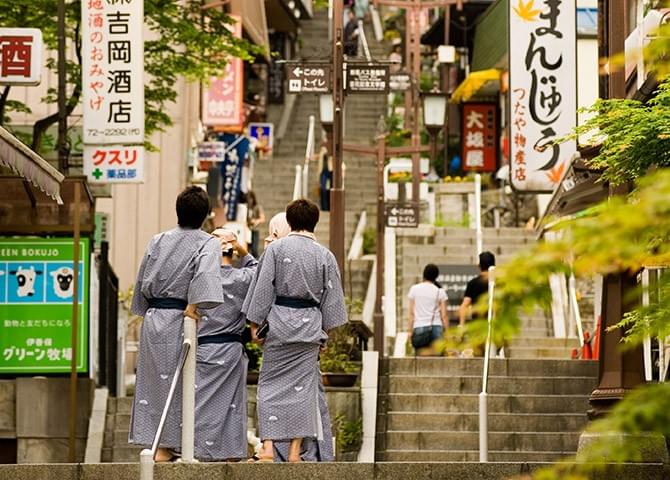
Just outside of Shibukawa, Ikaho is best known for its 365 stone steps lined with souvenir shops and vintage game arcades. Its signature iron-rich water, known as kogane no yu or “golden water,” flows from the mountains and gives the town a nostalgic glow—literally. Take a soak at Ikaho Rotemburo, where the mountains meet mist, or try a dip in Ishidan no Yu, a public bath loved by locals.
Ikaho’s atmosphere is old-school in the best way—think faded postcards, clattering geta, and onsen manju still warm in your hand.
After your soak, explore one of the town’s art museums, all within walking distance of the main steps: admire Taisho-era elegance at the Takehisa Yumeji Memorial Museum, enjoy a foot bath and mountain views at the Hoshina Art Museum, or discover cutting-edge exhibitions at the Hara Museum ARC. A lovely mix of culture and mineral-rich bathing.
Minakami Onsen
For Nature Lovers
Access from Tokyo
: Around 75 minutes — take the Joetsu Shinkansen to Jōmō-Kōgen Station (70 minutes), then a short local bus or taxi.

Set in a wild, mountainous stretch near the Tone River, Minakami is the onsen town for outdoor adventurers. Think hiking, whitewater rafting, skiing—and then soaking under the stars. If you're after an unforgettable bath, head to Takaragawa Onsen with its vast, riverside rotenburo, or visit Hoshi Onsen Chojukan, a 140-year-old ryokan that feels like stepping into a Ghibli film.
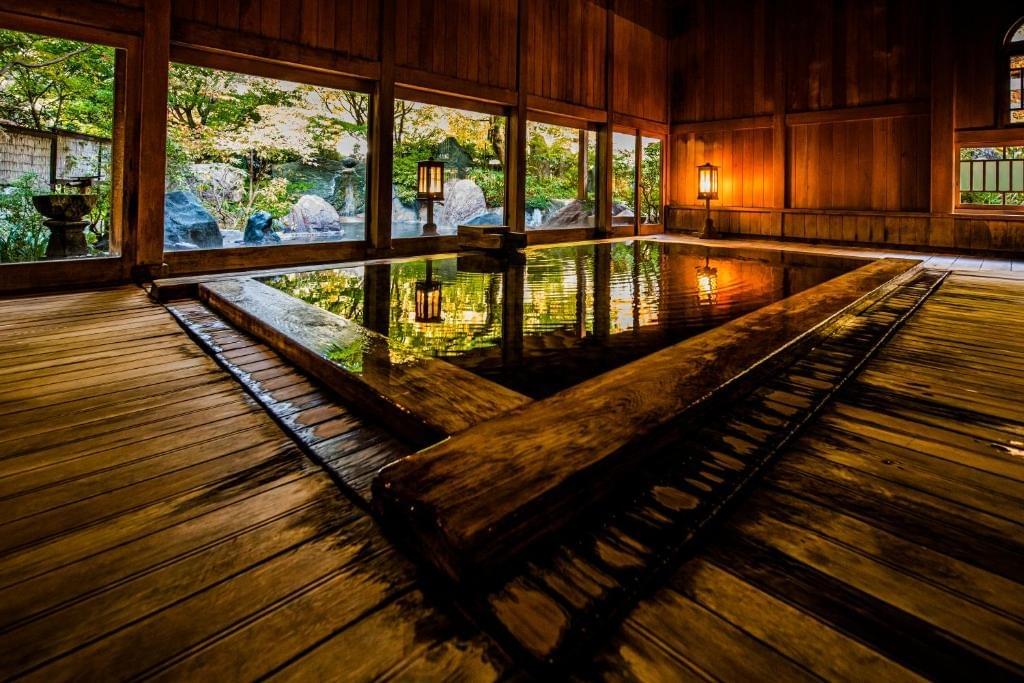
Shima Onsen
The Quiet Classic
Access from Tokyo:
Around 3 hours — take the Joetsu Shinkansen to Shibukawa Station (70 minutes), then a 90-minute bus ride to Shima Onsen.
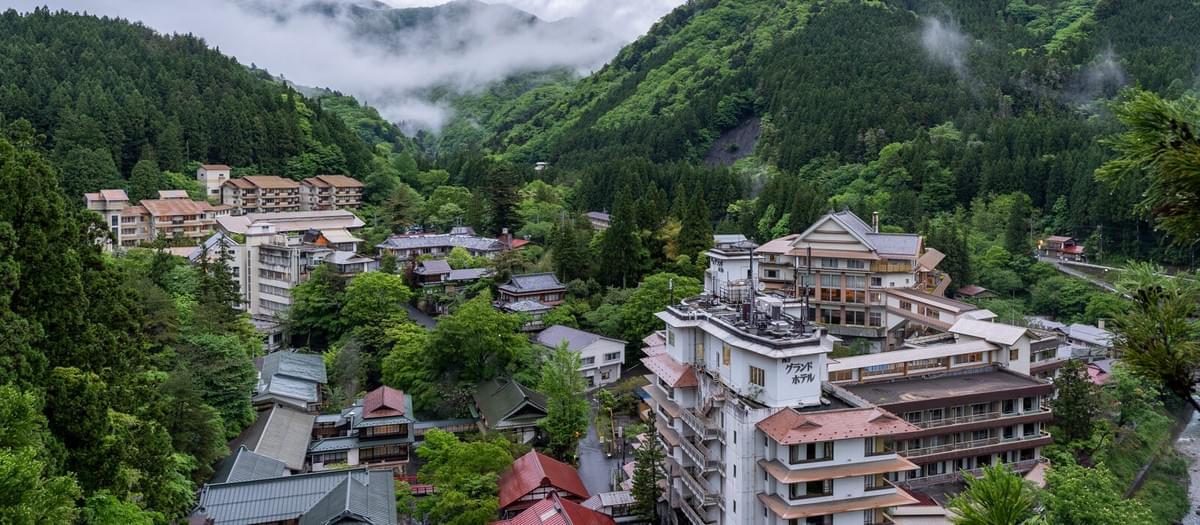
Meaning “40,000” as a nod to its healing powers, Shima is one of the oldest onsen resorts in Japan, wrapped around a winding river in the mountains. It’s a place for slow days: browsing retro cafés, admiring Taisho-era bathhouses like Seiryunoyu, and soaking in ryokan with views of maples and waterfalls.
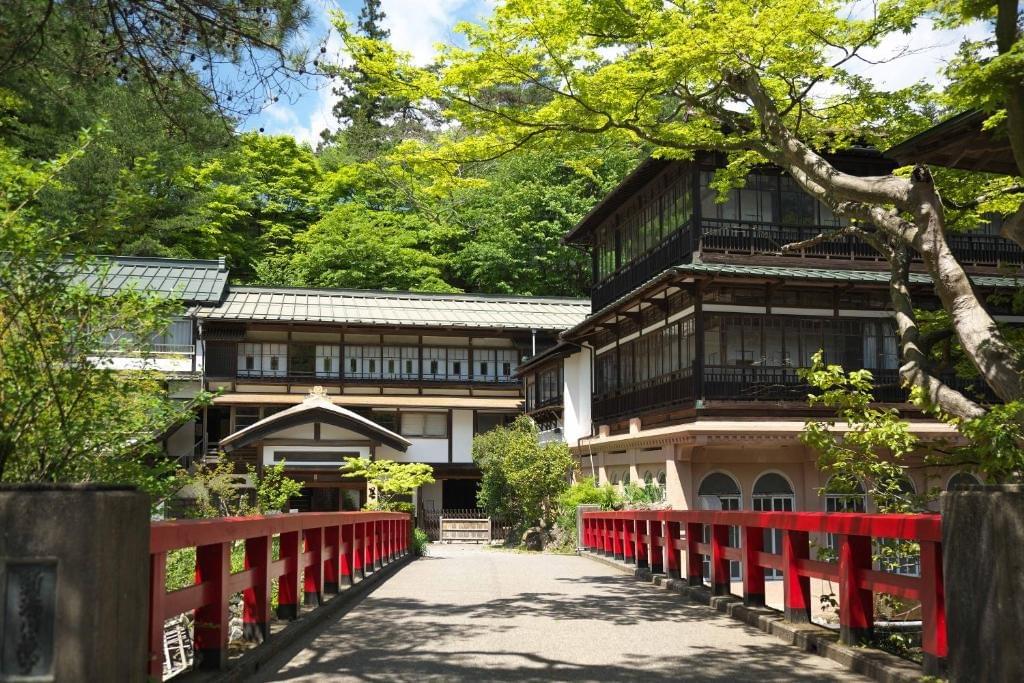
Don't miss a visit to Sekizenkan, one of Japan’s oldest inns and a likely inspiration for Spirited Away, or take a scenic stroll to the turquoise waters of Okushima Lake. Shima is quiet, timeless, and ideal for those seeking a slower, restorative soak in nature.Shima doesn’t shout; it hums—a low, steady lullaby of water and time.
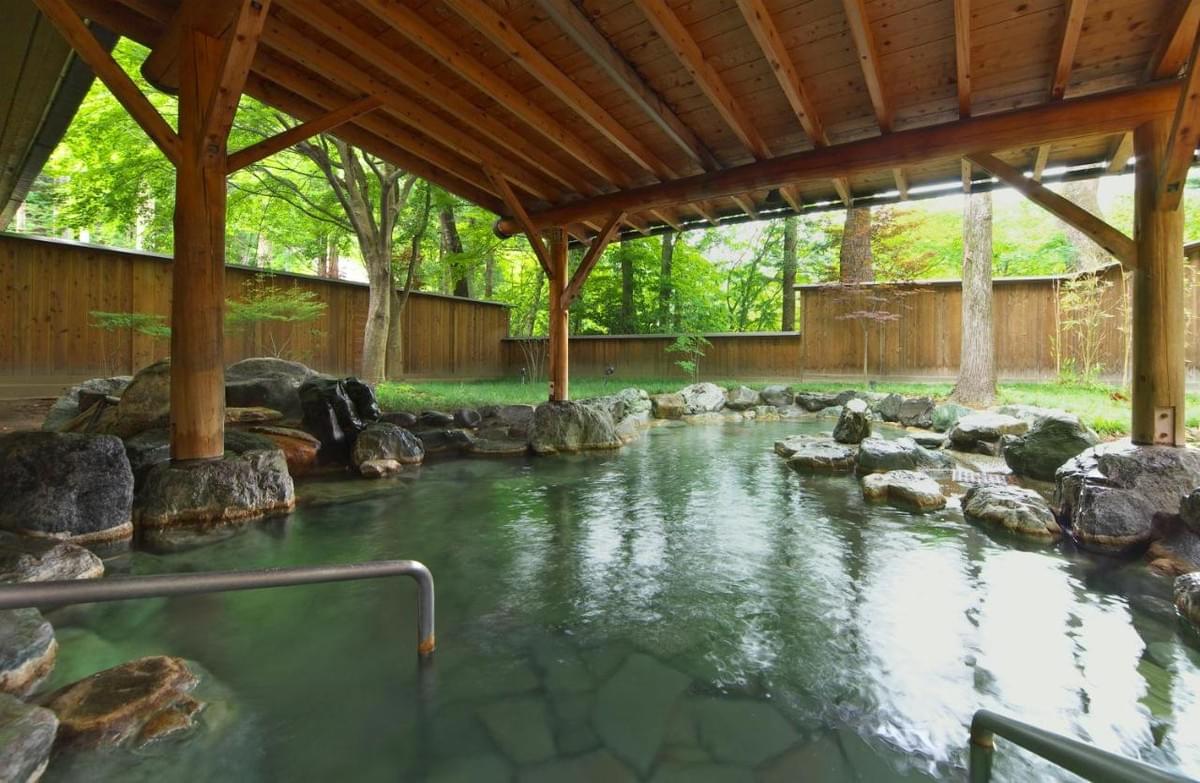
Manza Onsen
Snow + Soak
Access from Tokyo: Around 3 hours — take the Hokuriku Shinkansen to Karuizawa Station (70 minutes), then a bus or taxi (90 minutes) via Mount Shirane.
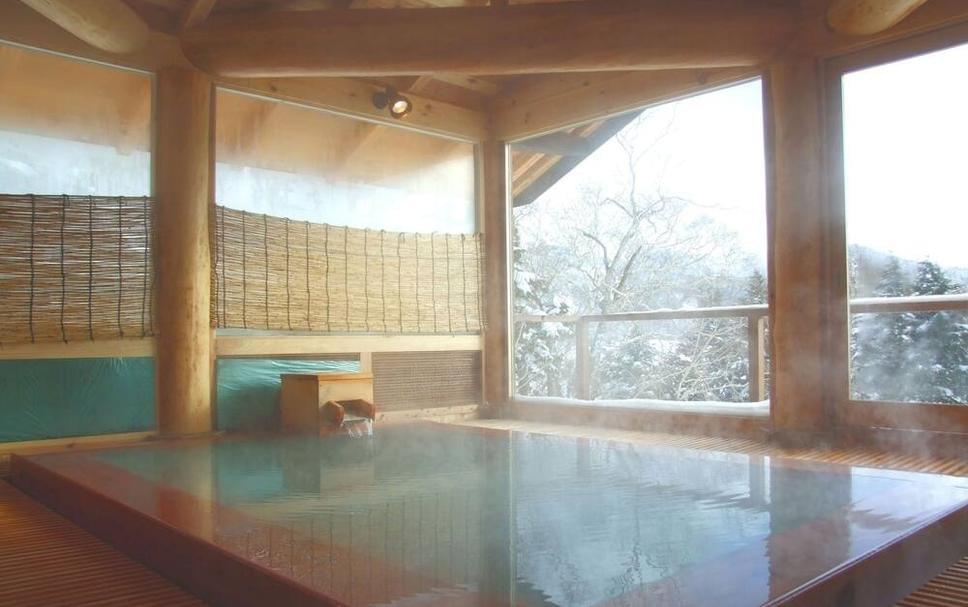
At over 1,800 metres, Manza Onsen is known for its snowy scenery and intensely milky white sulfuric waters—among the most acidic in Japan. It’s the perfect winter escape, with open-air baths surrounded by snowdrifts, and ski slopes nearby for those who like to earn their onsen. The baths at Manza Prince Hotel and Rock Garden Rotemburo are particularly atmospheric.
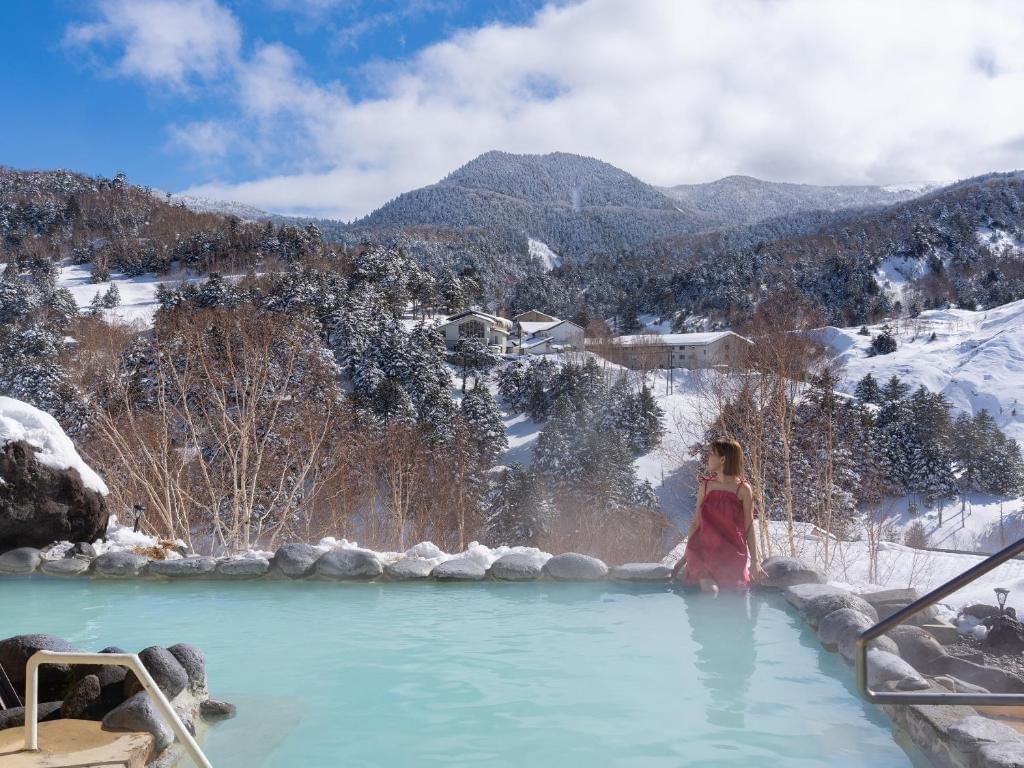
Insider Tip:
Gunma’s onsen towns each have a different mineral profile—so why not make a route of it? A few nights hopping between towns lets you experience the full spectrum of healing waters, from iron-rich rust reds to creamy sulphur whites.
Why Gunma Onsen Deserves Your Next Getaway
If you’re looking for a more authentic, less polished onsen experience—with a strong connection to Japan’s landscape, culture, and traditions—Gunma delivers. It’s the kind of place that doesn’t just warm your body—it stays with you, like the scent of cedar in a steamy bathhouse or the quiet hush of snowfall on wooden rooftops.

Ready to feel the steam on your skin and snow at your feet? Whether you're dreaming of a classic onsen town or a wild hot spring hidden in the mountains, Gunma is closer than you think. Get in touch and let’s start planning your perfect hot spring escape from Tokyo.
